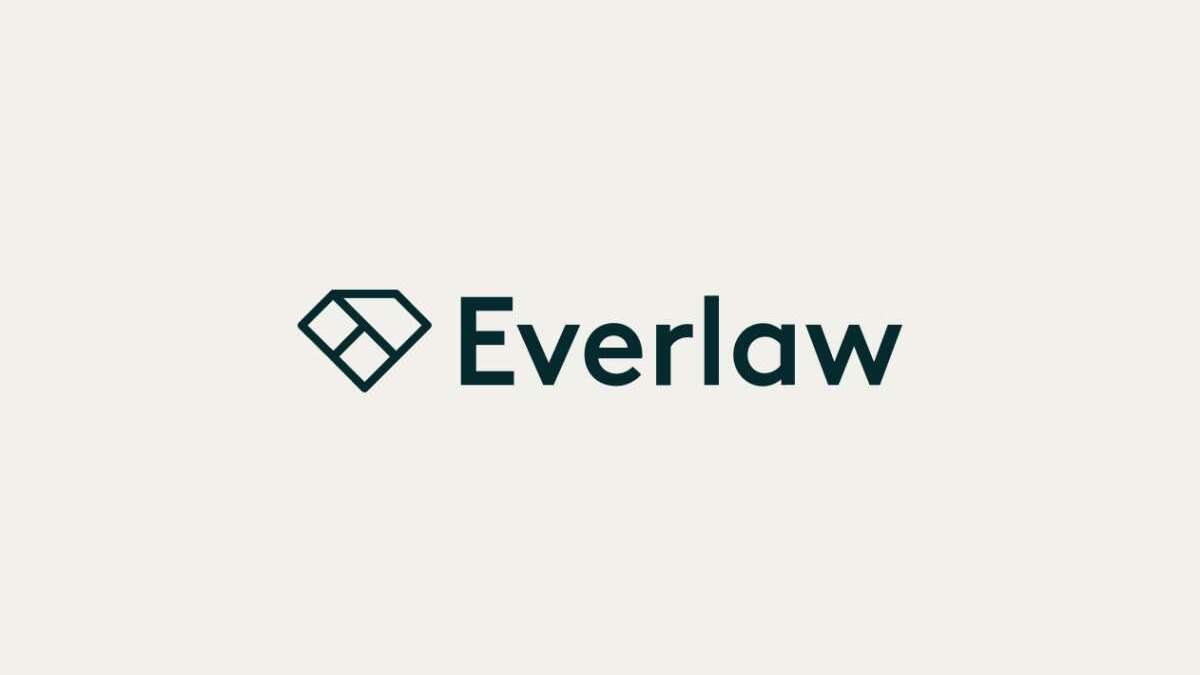Introducing Everlaw Clustering
by Casey Sullivan
Too often, the “discovery” in “ediscovery” simply means “search.” Facing a large corpus of electronically stored information and often with no obvious place to start, legal teams search for critical information in ever-growing document troves—or simply review items one by one. The most daunting part can be just knowing where to begin, leaving legal professionals to rely on instinct.
True discovery promises far more insight than can be gathered via search alone. What if ediscovery technology empowered you to know where to look for important information? What if it enabled you to move quickly between broad patterns, spread over millions of documents, to individual pieces of data? What if technology empowered discovery to live up to its name, allowing fluid insights and delivering, finally, on the promise of unsupervised artificial intelligence?
Today, those “what if” questions have an answer: Clustering by Everlaw.
Delivering on the Promise of AI
Today’s legal professionals are crafting the future of ediscovery now. With innovative technologies, from predictive coding to advanced analytics to Everlaw Clustering, they are forging new ways of working: connected, collaborative, and in the cloud.
As the ediscovery landscape grows ever more challenging and complex, advanced technology promises a straighter path to the truth. That promise: greater insights, faster; cutting-edge technology, made accessible; unsurpassed scalability, so you can quickly move from million-document analysis to the most granular review; and, perhaps most importantly, true discovery, enabling a natural, fluid exploration that allows legal teams to quickly develop insights as they map out their evidence and build compelling storylines.
While technology assisted review has been sanctioned by courts for over a decade, the promise of concept clustering, historically, has fallen short. With a steep learning curve, difficulties scaling to meet the demands of novel data types, and restrictive, wheel-based interfaces, the potential of concept clustering has remained unrealized.
Everlaw Clustering’s new technical breakthroughs deliver on that potential. With Clustering, legal teams can sort through and understand millions of documents for full review or early case assessment, without any human input required. Everlaw Clustering presents findings in an intuitive, visual format that encompasses both a 30,000-foot snapshot and a granular, down-to-the-document view.
 Play this video on Vimeo
Play this video on Vimeo
Leveraging Unsupervised Machine Learning for Unparalleled Insights
Clustering uses unsupervised machine learning to group documents by conceptual similarity and generates insights without requiring any user input—no initial coding or “training the model” is required.
With a clean and easy-to-use interface, review teams quickly gain a baseline understanding of the document set without advanced setup or deep technical expertise. With Clustering, legal teams can quickly pinpoint more specific and relevant information than with other AI tools or keyword searches alone, allowing legal professionals to quickly identify which documents need human review.
Everlaw Clustering breaks new ground in three key areas:
1. Extreme Ease of Use
Everlaw Clustering is born out of cutting-edge, patent-pending technology based on some of the most innovative AI developments in recent years. But, as a user, you would never guess. Everlaw Clustering is designed to be as easy to navigate as Google Earth, allowing you to see a global view of your documents in a snapshot or quickly zoom down into the individual level.
In a breakthrough of visual display, data can be seen in its interrelated relationships at a high-level view with specific clusters clearly labeled and color coded. Users easily move from the highest-level analysis into individual documents.
2. Massive Scalability
Everlaw Clustering is purpose-built to handle the ever-growing volumes of data involved in disputes and litigation today, supporting up to 25 million documents on its single-screen dashboard. Each Clustering display is dynamic and unique to the data itself, without the restrictions of traditional wheel-based visualizations.
Everlaw Clustering’s scalability is particularly useful during initial analysis and early case assessment, when teams face documents that may number in the millions and consist of various emerging data types.
3. True Discovery
Everlaw’s spatial model preserves relationships between documents, even across clusters and zoom levels. This allows for a fluid exploration of data, from the broadest concept levels to the individual documents.
But Clustering is more than just visualization. Its rich review capabilities incorporate overlaying ratings, codes and predictive coding models. For example, when reviewing documents, users can utilize existing predictive coding models by overlaying prediction scores onto the Clustering visualization to identify clusters that contain many predicted hot documents, pointing them to additional potentially relevant documents in those clusters.
Clustering’s overlays can also help users conduct quality checks by calling out anomalous ratings and codes, so that you can be confident that documents are reviewed consistently, further removing risks of human error.
 Play this video on Vimeo
Play this video on Vimeo
Experience Everlaw Clustering in Action
Today’s legal professionals face more evidentiary opportunities than ever before. The proliferation of data has meant an explosion of potential evidence in nearly any dispute or litigation. But it has presented significant challenges as well.
With Everlaw Clustering, legal teams can now take full advantage of the insights available in massive bodies of data, identifying key concepts across millions of documents almost instantly, while effortlessly transitioning from the broadest levels of analysis to the most specific, document-level review.
To see Everlaw Clustering in action, and to learn how it can help transform your approach to discovery and litigation, request a demo today.

Casey Sullivan is an attorney and writer based out of San Francisco, where he leads Everlaw’s content team. His writing on ediscovery and litigation has been read by thousands and cited by federal courts.